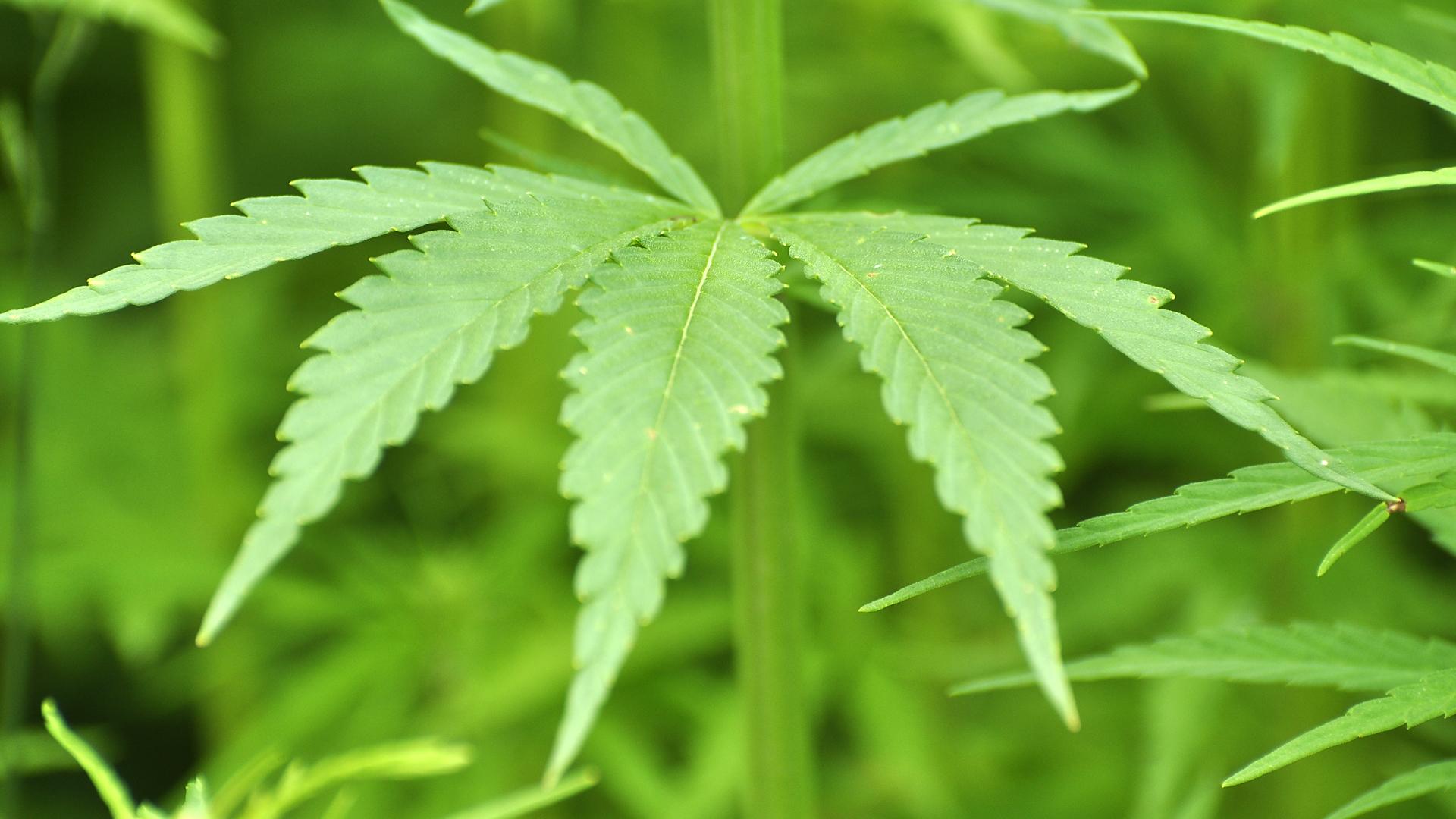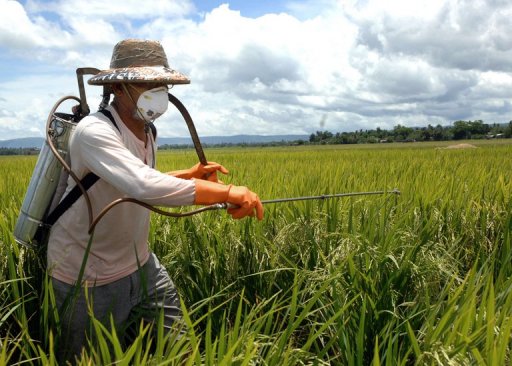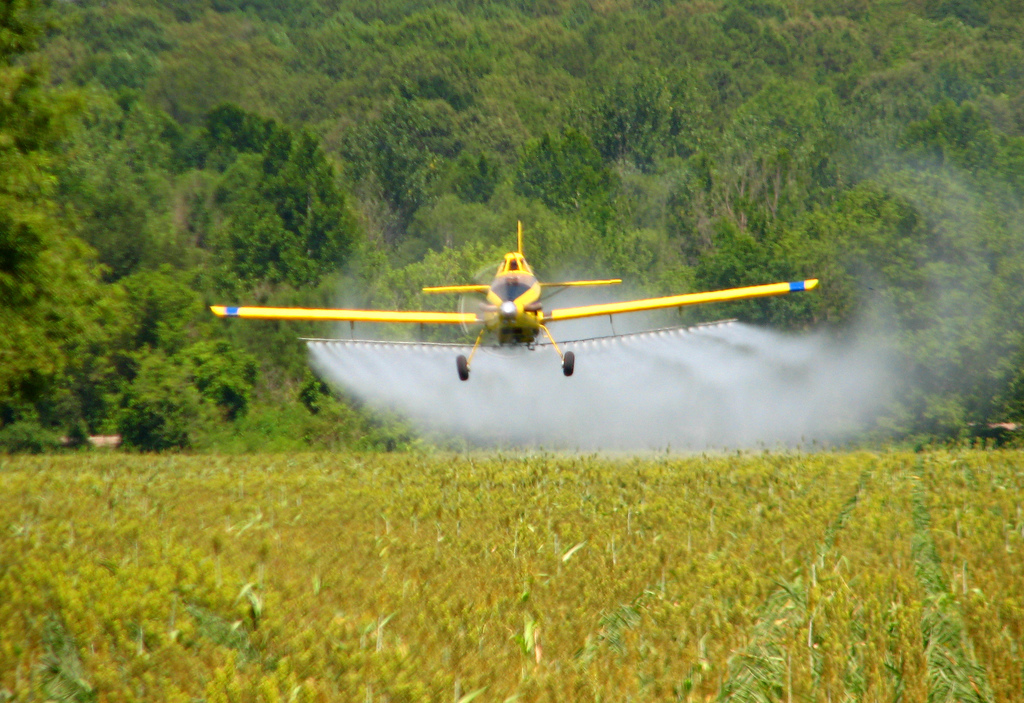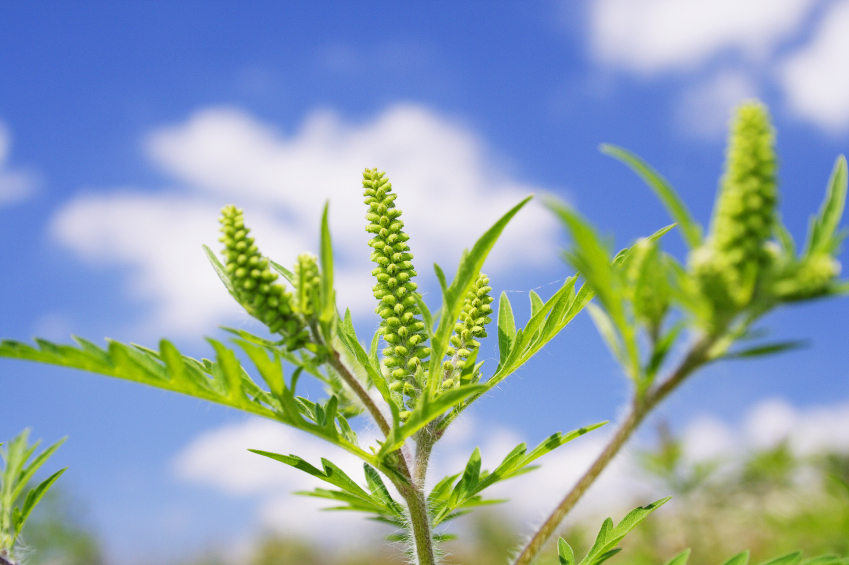Plant species vary in however well they tolerate salt-affected soils. Some plants can tolerate high levels of salinity whereas others will tolerate very little or no salinity. The relative growth of plants within the presence of salinity is termed their salt tolerance.
Salt tolerances ar typically given in terms of the stage of plant growth over a variety of electrical physical phenomenon (EC) levels. Electrical physical phenomenon is that the ability of associate degreeswer} to transmit an electrical current. to work out soil salinity European Economic Community, Associate in Nursing electrical current is obligatory in an exceedingly glass cell victimisation 2 electrodes in an exceedingly soil extract resolution taken from the soil being measured (soil salinity). The units ar typically given in deci-Siemens per metre (dS/m).
A high salt level interferes with the germination of recent seeds. Salinity acts like drought on plants, preventing roots from performing arts their diffusion activity wherever water and nutrients move from a region of low concentration into a region of high concentration. Therefore, as a result of the salt levels within the soil, water and nutrients cannot move in the plant roots.
As soil salinity levels increase, the strain on germinating seedlings conjointly will increase. Perennial plants appear to handle salinity higher than annual plants. In some cases, salinity conjointly features a hepatotoxic result on plants as a result of the high concentration of sure salts within the soil. Salinity prevents the plants from taking on the correct balance of nutrients they need for healthy growth.
Extensive analysis on salt tolerance for grassland conditions was worn out 1988 (Table 2). It ought to be noted that crop tolerances developed for chloride-dominated soils, like those in California, might not be applicable to crops fully grown on the sulphate-dominated soils generally found in western North American nation.
The dominant salts in grassland saline seeps ar metallic element (Ca), Mg (Mg), metal (Na) cations and sulphate (SO4) anions. If metal levels ar high or not balanced with the Ca and Mg, soil tilth may also be settled. The charged metal cations attach to the charged clay particles within the soil, inflicting the soil to be sticky once wet, and onerous and water-resistant once dry.

Thanks for installing the Bottom of every post plugin by Corey Salzano. Contact me if you need custom WordPress plugins or website design.






